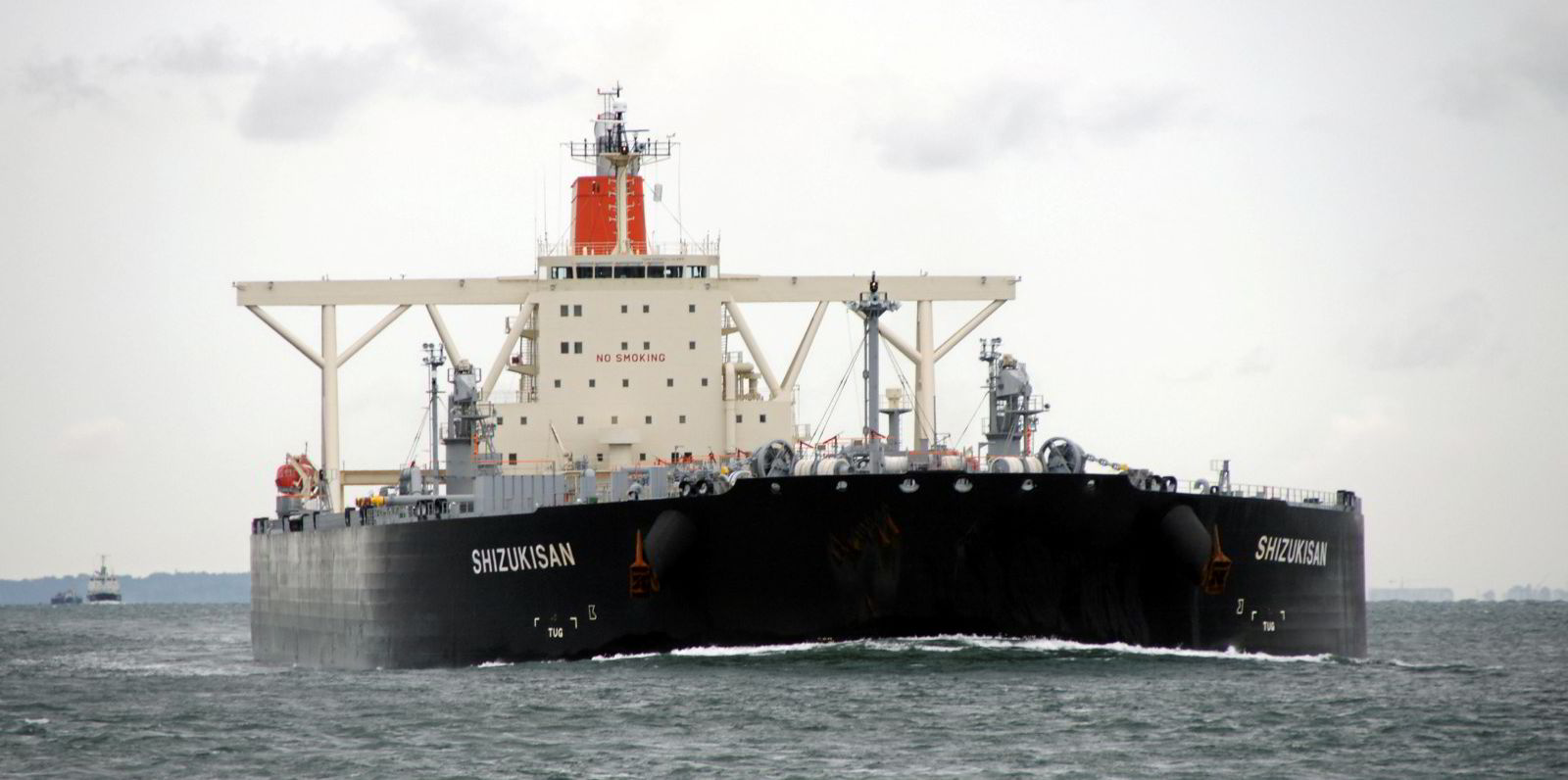UK shipbroker Gibsons has highlighted the tough choices facing tanker owners seeking to future-proof their fleets.
Big price hikes and a lack of shipyard slots is making the prospect of ordering new vessels an unattractive one for most companies, the London shop believes.
“Tanker investments these days are not a straightforward decision,” the broker said.
“A prospective buyer is faced with a combination of price pressure, regulatory uncertainties, long-term demand concerns and limited near-term yard availability, all of which are making ordering newbuild tankers a complex undertaking,” the company added.
In terms of newbuilding crude tanker prices, a standard VLCC is now estimated at $116m, a suezmax at $78m and an aframax at $60.5m.
This compares to $92m, $63m and $51m respectively in January 2021.
A dual-fuel LNG VLCC is currently assessed as costing another $19m on top of a standard ship.
The Russian crisis, which is seeing LNG prices skyrocket, also makes LNG bunkering economics less attractive, as operating in dual-fuel mode is currently uneconomical due to the spread between gas and fuel oil bunkers, the broker said.
“For those keen to order today, the most fuel-efficient vessel with the option to retrofit in the future may be the best option, if they can find a yard slot and are willing to pay a higher price,” Gibsons added.
Orderbook to evaporate after 2023
There have been limited tanker orders so far this year.
And between 2022 and 2023, 59 VLCCs and 35 suezmaxes are scheduled for delivery, which is 90% of the current tanker orderbook.
This will leave only 5% of outstanding VLCC and suezmax orders for delivery past 2023.
Gibsons believes it is unlikely deliveries in 2023 and 2024 will increase, as yard availability for larger tanker classes has been mostly booked up.
“On the plus side, this has contributed to a low outstanding orderbook, that will help keep future fleet growth constrained,” the broker said.
Financing woes
Weak industry returns, combined with ESG pressure from traditional financiers and capital markets, has reduced the attractiveness of tankers.
This makes financing newbuilding projects more expensive, the London shop argues.
Upward pressure on commodity prices following the Russia-Ukraine war is also adding further inflationary pressure to newbuilding prices.
And owners must find a combination of currently available solutions and technology that will meet new efficiency regulations from next year, Gibsons said.





